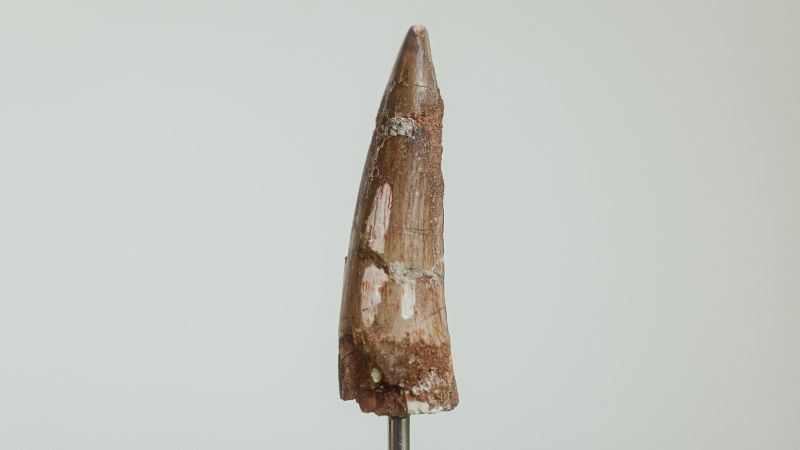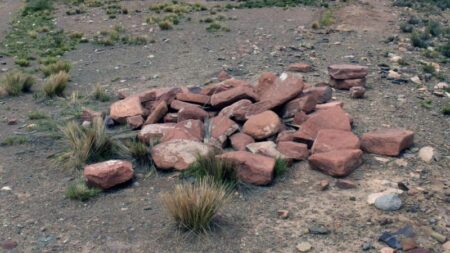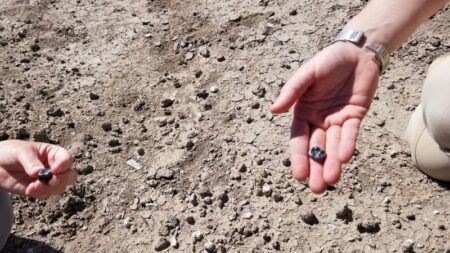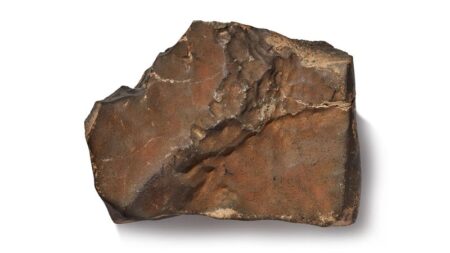The journey into the world of fossils, specifically a 95 million-year-old Spinosaurus tooth mentioned in this narrative, unveils the intricate tapestry of ethics, legality, and sometimes, exploitation that underpins the fossil market. Upon purchasing the tooth for approximately $100 online, the author embarked on a fascinating, yet complicated quest laden with revelations about the fossil trade’s nature, as well as the implications surrounding the ownership of such ancient relics.
Initial excitement began with the act of acquiring the fossil. The thrill of owning a piece of one of Earth’s colossal prehistoric predators became heightened as social media algorithms curated incessant ads tailored to this newfound desire. The Spinosaurus, known for its remarkable length of nearly 60 feet, is a semiaquatic carnivore that existed long before humanity walked the Earth. When the tooth arrived adorned in a decorative glass dome, the author felt a rush of satisfaction. However, discrepancies evident in the tooth’s condition and the accompanying certificate sowed seeds of doubt about its authenticity.
In a bid for assurance, the author sought expertise from the Natural History Museum in London, where fossil specialist Susannah Maidment validated the specimen as an authentic Spinosaurus tooth. Nevertheless, her revelations didn’t halt there. Maidment indicated that the tooth likely originated from Morocco, specifically the Khem Khem formation, a well-known region rich in Spinosaurus fossils. This historical context introduced another layer to the narrative—the commonality of dinosaur teeth. Since dinosaurs frequently shed their teeth, Maidment explained, such fossils are abundant and not as unique as the author initially presumed.
The conversation swiftly transitioned towards legality, casting a shadow over the seemingly innocuous acquisition. Maidment noted that while the fossil was genuine, it had almost certainly been exported illegally from Morocco, where laws regulate fossil excavation and export without proper permits. This nuance of legality persisted as a dominant theme; the author learned that the online retailer from whom the tooth had been purchased could indeed represent a complicated conduit for such illegal trade.
The fossil market isn’t merely about the thrill of discovery. It has evolved into an industry characterized by massive financial stakes, illustrated by the staggering $44.6 million sale of a Stegosaurus skeleton—dubbed “Apex”—at a Sotheby’s auction. With increasing auction prices and well-known specimens attracting private collectors, including hedge fund manager Ken Griffin, the trade dynamics shifted, positioning fossils as sought-after cultural and investment assets. The history of auctions, punctuated by sales like that of “Sue,” a prominent T. rex fossil, showcased a culture where certain fossils crossed the threshold into the realm of art.
Despite the commercial allure, the moral and ethical implications of obtaining fossils came to the forefront, especially in regions like Morocco, where illegal excavation remains rampant. According to Maidment, the fossil industry in Morocco significantly impacts local communities, providing income for thousands, yet often under perilous conditions. Diggers, with minimal safety protocols and facing harsh weather, engage in risky ventures to unearth fossils.
The complexity of the fossil trade involves navigating a legal labyrinth. Different countries have varying laws regarding the ownership and export of fossils, with prominent nations like Brazil and Argentina enforcing strict regulations. The ongoing debate surrounding ownership rights contributes to a contentious dialogue within paleontology and art circles.
The author wrestles with the fundamental question of the morality surrounding private ownership of fossils. Should such pieces of history belong to individuals, or do they rightfully belong to the collective heritage of humanity? Some specialists justify personal collections of less scientifically significant fossils, like Weth the Spinosaurus tooth, arguing that such relics do not contribute to scientific progression significantly and thus could be appreciated by private individuals.
However, the dichotomy of perspectives underscores a sentiment that resonates throughout the fossil community: fossils—representative of Earth’s biological history—should not be objectified or commodified to exploit cultural heritage. The rich story encapsulated within every fossil summons questions about responsibility, ethics, and the need for a balanced approach to preserving the geological legacy while allowing appreciation for those who dig them up, often at great personal risk.
In conclusion, the narrative of acquiring a Spinosaurus tooth transcends mere ownership—the complexities surrounding that purchase encapsulate broader issues of ethics, legality, and the worth placed upon our shared natural history. As attitudes and laws evolve globally, it remains clear that the conversation regarding fossils will continue to spark debate, pushing individuals and institutions alike to reevaluate their roles within this multifaceted landscape.












